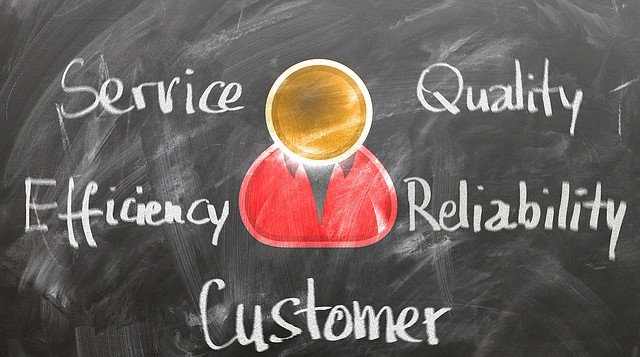Ready to implement ISO 9001 in your organization? Here are some ISO 9001 tips that will help make the process easier, and tricks to the process to be aware of and prepare for.
Tip: Implement ISO 9001 for the Right Reason
When implementing a quality management system (QMS) for ISO 9001, management should be clear about the purpose of the QMS. If the only driver is to get on customers’ tender lists or because a competitor has already got one, it’s highly likely that the QMS will remain a set of documents for certification purposes only.
Management should aim for a QMS that will help the organization produce quality products or services, continuously improve its process, and provide confidence to customers that the organization is capable of meeting their requirements all the time.
Tip: Motivate your Workforce
In order for organizations to achieve a desired level of quality, people need to get involved. People are the essence of organizations and their full involvement is essential to implement and maintain ISO 9001.
Employees can be motivated by:
- Ensuring that everyone knows and understands the organization’s quality policy;
- Defining and communicating responsibilities and authorities within the organization;
- Building the competence of employees;
- Providing adequate infrastructure and work environment;
- Initiating improvements, e.g. by implementing employees’ suggestions.
Trick: Only Hire a Consultant if…
If an organization’s staff does not have the time or skills to develop the QMS by themselves, a good consultant will make possible a speedy transfer of knowledge and skills. If the staff does have the time, there are enough published materials available from the web that will help staff obtain the necessary skills to develop the QMS.
Tip: Take the Necessary Time
All too often organizations are in a hurry to obtain certification and do not spend the time needed to implement the system effectively. Before applying for certification, your QMS needs to be in place and its effectiveness checked through an internal audit, followed by corrective actions on audit findings.
Trick: Define SMART Objectives
Many organizations set quality objectives that are impossible to meet. Objectives need to be specific and relevant to the process or task to which they are being applied. They also need to be measurable and achievable within the resources that can be made available in a realistic and timely manner. It’s helpful to have a start and completion date.
Tip: Go Easy with the Paperwork
Many believe that everything in the system needs to be elaborately documented. ISO 9001 only requires one quality manual, six procedures, and approximately 20 records.
Often, organizations are better off sticking to what is required and keeping those documents simple; additional procedures and records should be considered only if they add value to the system.
Tip: Set the Example
Some employees may find it difficult to change their ways of doing and may have a tendency to deviate from defined procedures. To change this, top management should ‘walk the talk’, i.e., should not allow deviations from set procedures or permit the release of materials with deviations.
Under such an approach, employees will start respecting system requirements and everyone will take account of their responsibilities for the success of the QMS.
Learn more about ISO 9001 and how to engage top-level management to ensure the success of your QMS.






